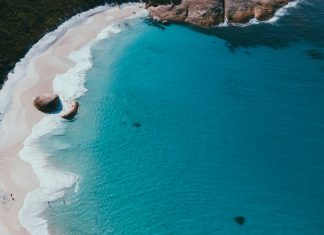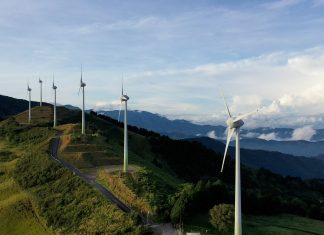1. The Great Southern wine region
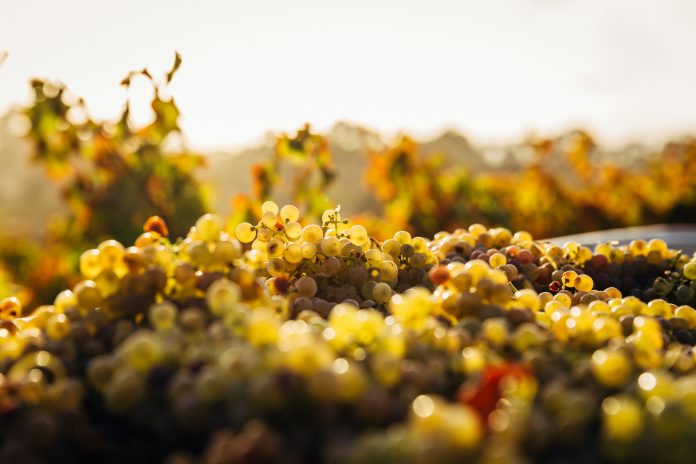
The Great Southern wine region stands as Australia’s largest wine-growing district, stretching across 200 kilometers from east to west and over 100 kilometers from north to south. This area is characterized by its abundant natural diversity, a juxtaposition of threats and magnificence, and a distinct sense of uniqueness and individuality. The region’s geographical landscape is truly diverse, encompassing rolling green hills, a picturesque coastal front, pristine protected areas, charming countryside towns and villages, majestic mountain peaks, and vast agricultural lands.
Furthermore, the Great Southern wine region has played a pioneering role in the evolution of modern winemaking in Australia, marking a significant chapter in the creative journey of Australian winemakers. Notably, this region has gained recognition for its exceptional production of Riesling, Chardonnay, Cabernet Sauvignon, Pinot Noir, Shiraz, and Malbec, contributing to its well-deserved reputation in the world of wine.
2. The Gap, Natural Bridge and The Blowholes
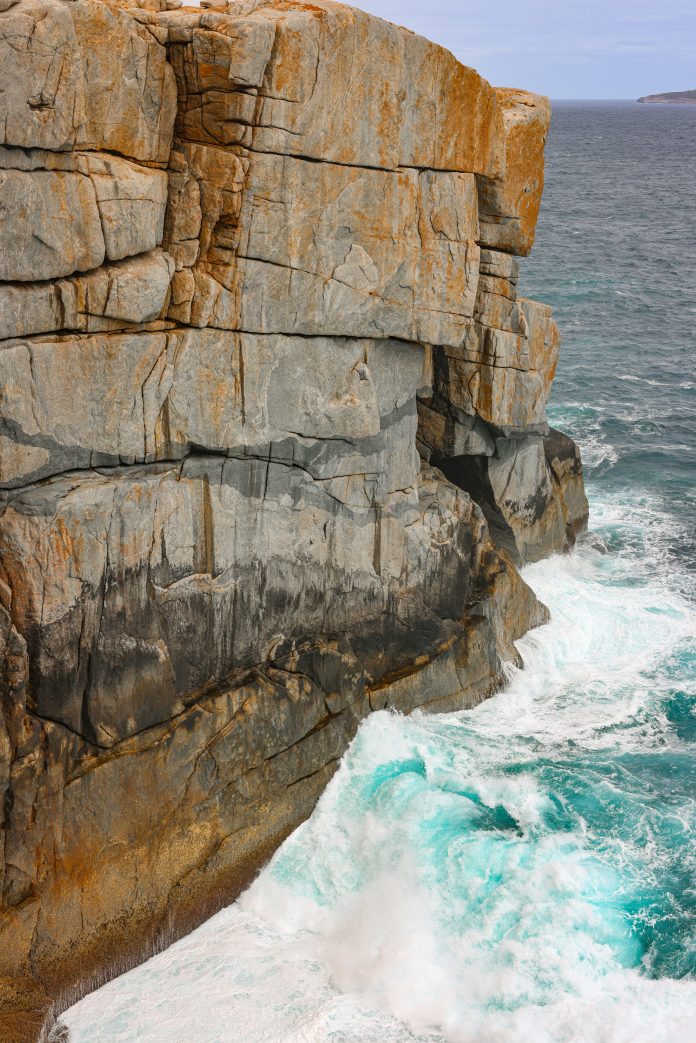
This region, equally awe-inspiring and famously treacherous, was once linked to Antarctica as a component of the supercontinent known as Gondwana. The astonishing natural wonders of The Gap and Natural Bridge are nestled within Torndirrup National Park. Just a short distance from these attractions, you’ll encounter The Blowholes – where the ocean’s powerful surges are pushed upward through crevices in the rocks. These phenomena are as deafening as they are impressive when they put on their display. While you can approach them closely, it’s crucial to exercise caution and wear sturdy footwear.
3. Western Australia’s oldest European-settled city: Albany
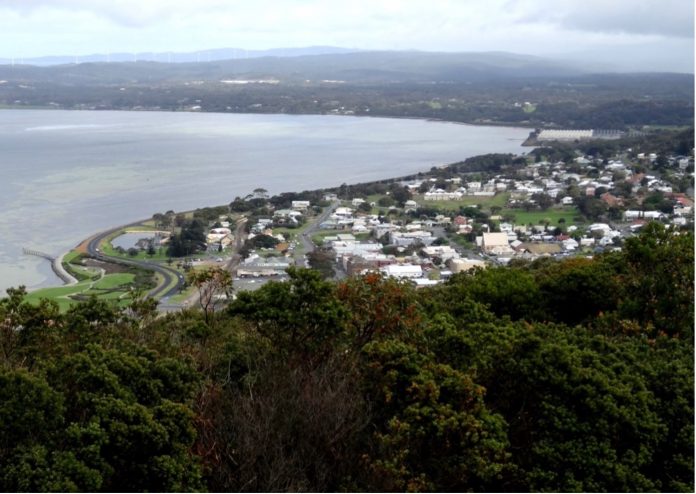
Located 400 kilometers to the south-east of Perth, Albany offers a four-and-a-half-hour scenic drive to Western Australia’s oldest European-settled city. However, Albany’s rich history extends back to Indigenous communities that have called this land home for millennia.
Albany is famous for its towering Karri forests, rivalling the Californian Redwoods in height. The region’s ancient landscape includes the weathered mountain range in Porongurup National Park, dating back 1.2 billion years.
For a unique experience, head to Bluff Knoll in the Stirling Ranges, one of the few places in WA where you can witness snowfall. Finally, West Cape Howe National Park marks the southern tip of Western Australia, offering an awe-inspiring view of the open ocean stretching towards Antarctica.
Albany is where history meets nature’s grandeur, making it a must-visit destination for all travelers.
4. Treasure trove of shipwrecks
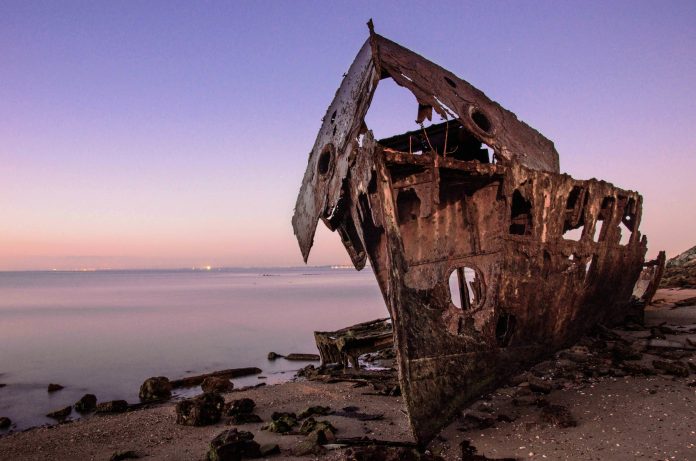
Beneath the deep, sapphire waters of King George Sound, you’ll discover a treasure trove of shipwrecks that serve as captivating dive sites. Among them, the HMAS Perth, a former Australian Navy guided missile destroyer, rests at a depth of 38 meters, offering an exhilarating underwater exploration. Another prized diving gem, Cheynes III, awaits 30 meters below, nestled on the ocean floor. Albany’s maritime history is also punctuated by the stories of other ill-fated vessels, such as the Fanny Nicholson, lost in 1872, and the Runnymede, which succumbed to the fury of a storm in 1881, all adding to the intriguing allure of these underwater relics.
5. Porongurup National Park and Stirling Range National Park
Located just 40 kilometers north of Albany, the ancient and weathered mountain range known as the “Porongurups” offers a breathtaking landscape adorned with granite formations and towering trees. This natural wonder, dating back 1.2 billion years, boasts an exceptional diversity of landscapes, plant life, and animal species. Bird watchers, botanists, photographers, trail enthusiasts, and climbers alike will find themselves in their element here, reveling in the wealth of natural beauty and opportunities for exploration.
For those seeking even more geological and ecological diversity, just 25 kilometers further north lies the Stirling Range. These two parks, although worlds apart geologically, both offer unique experiences that are well worth a visit. Notably, the Stirling Range is home to Bluff Knoll, one of Western Australia’s highest peaks, adding an extra layer of adventure and scenic splendor to your journey.



